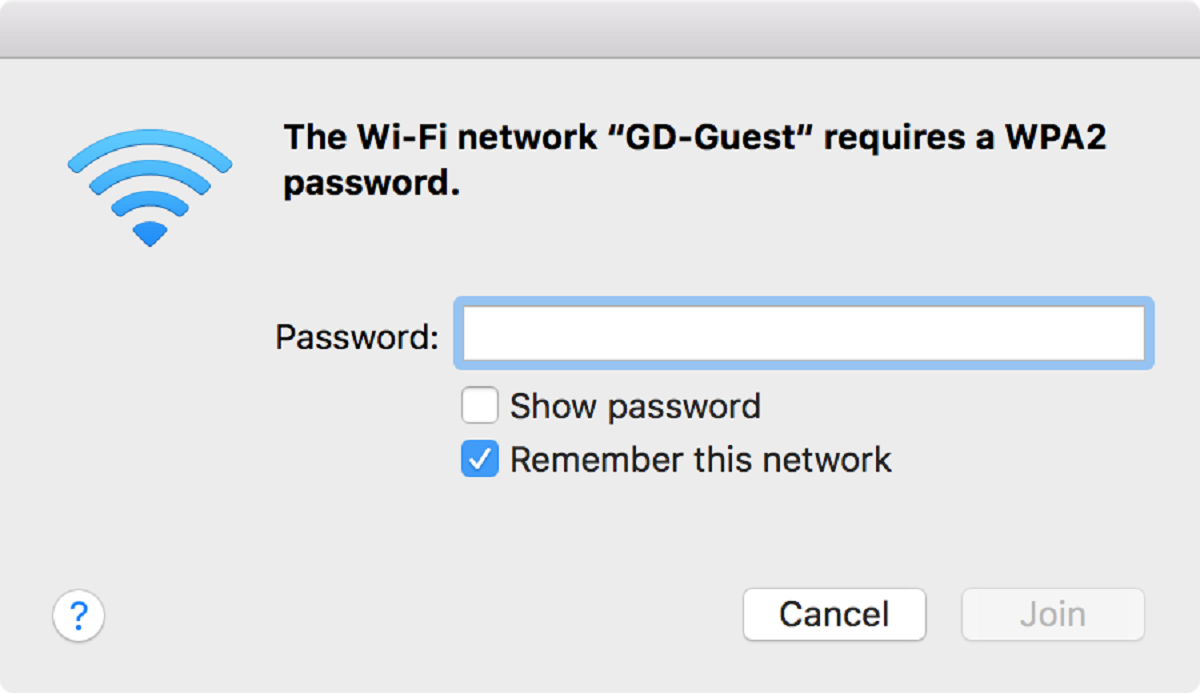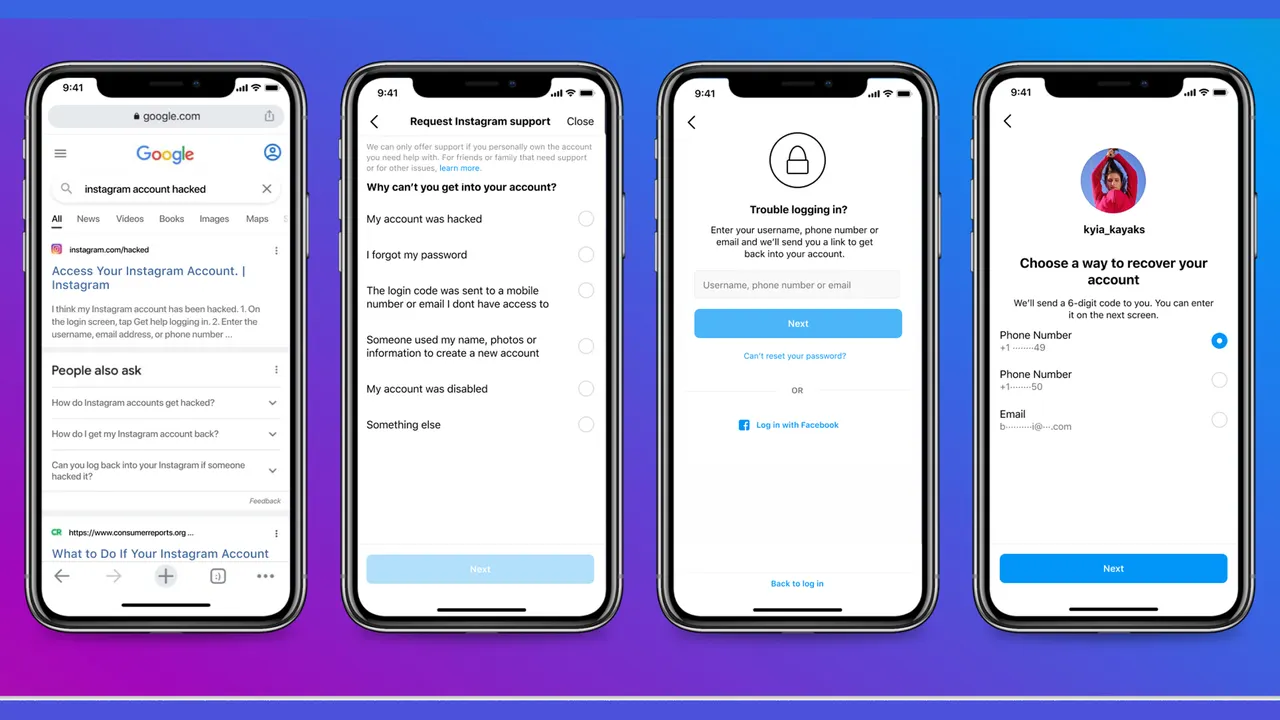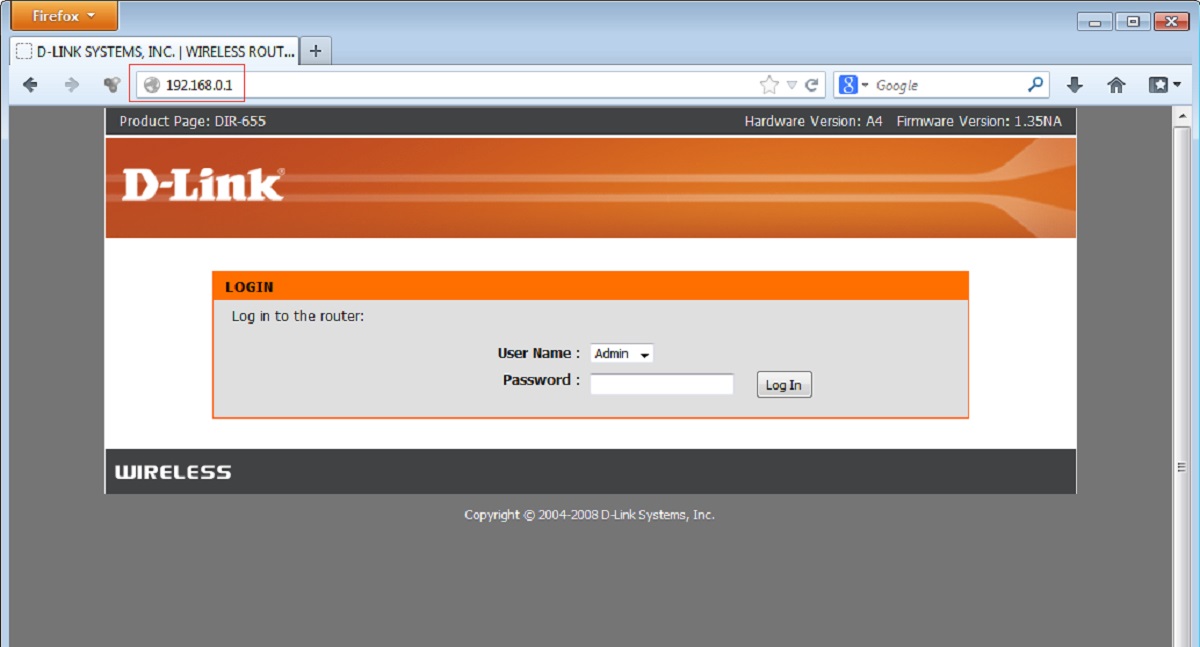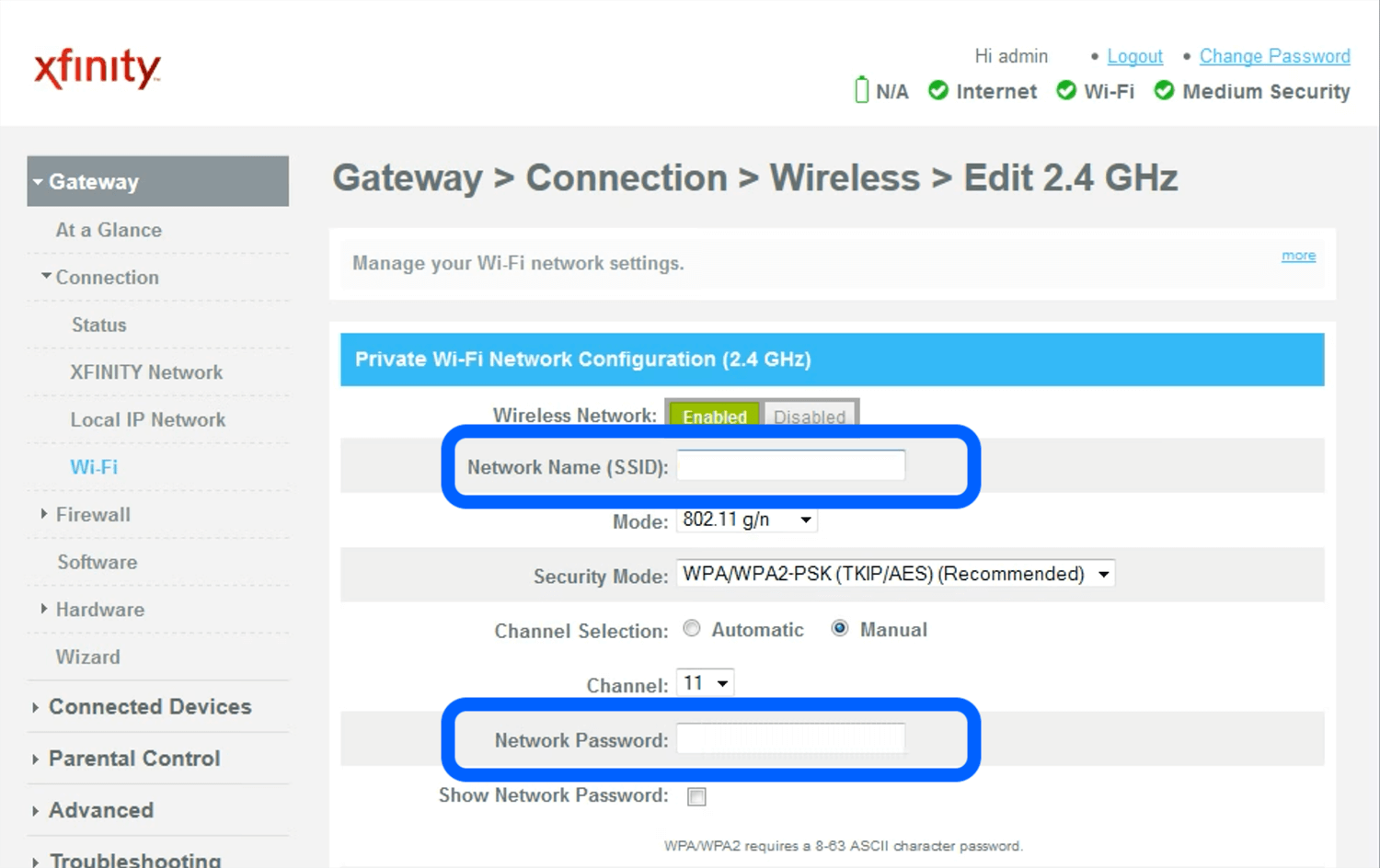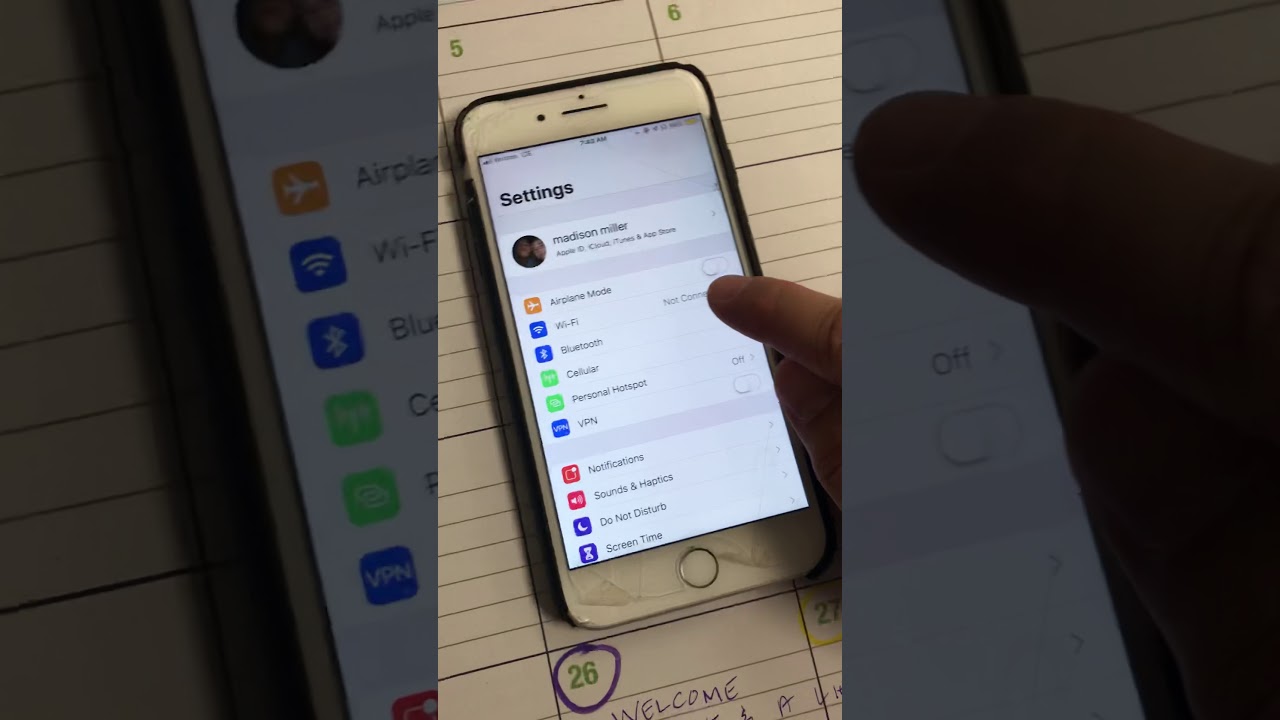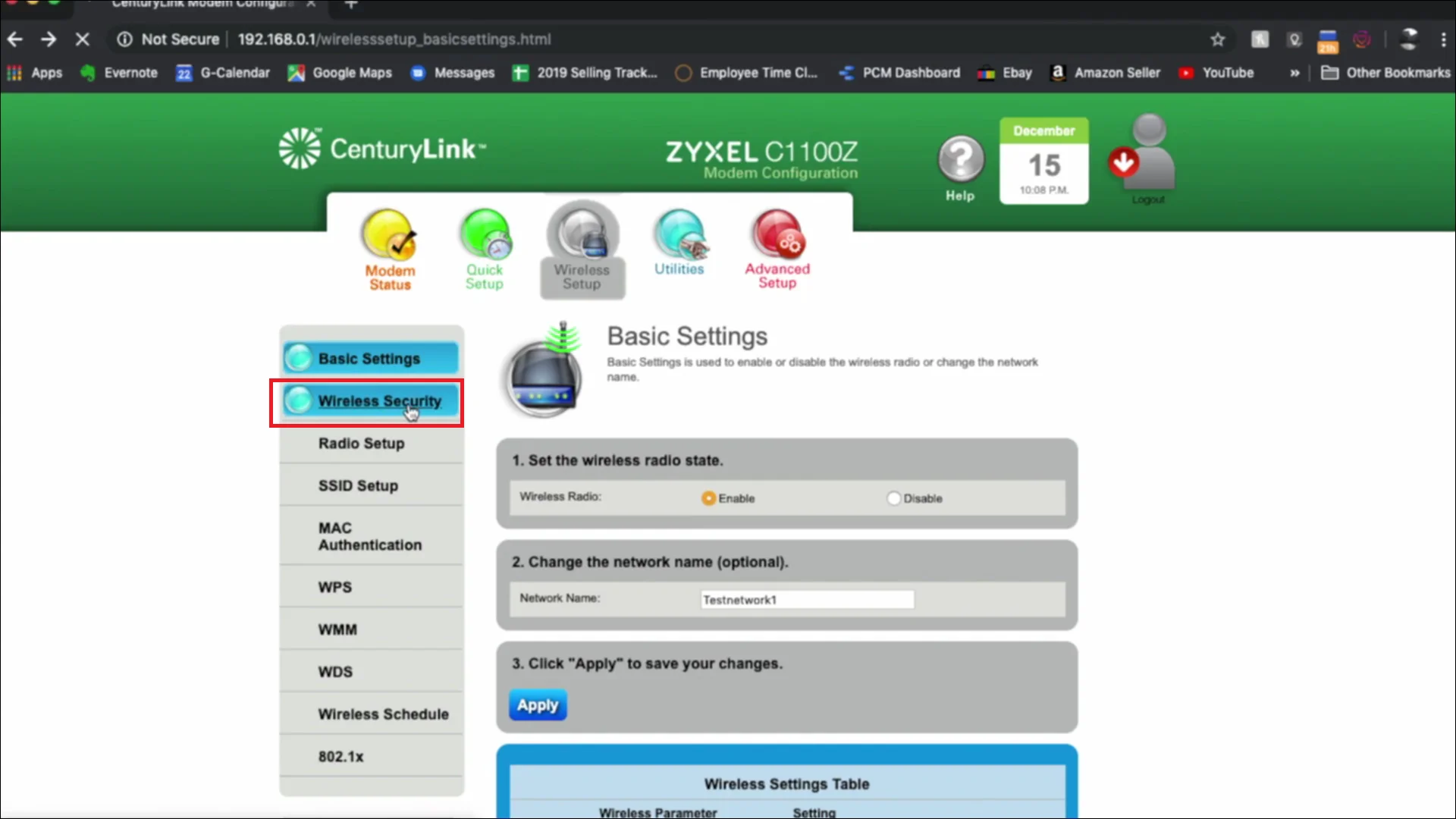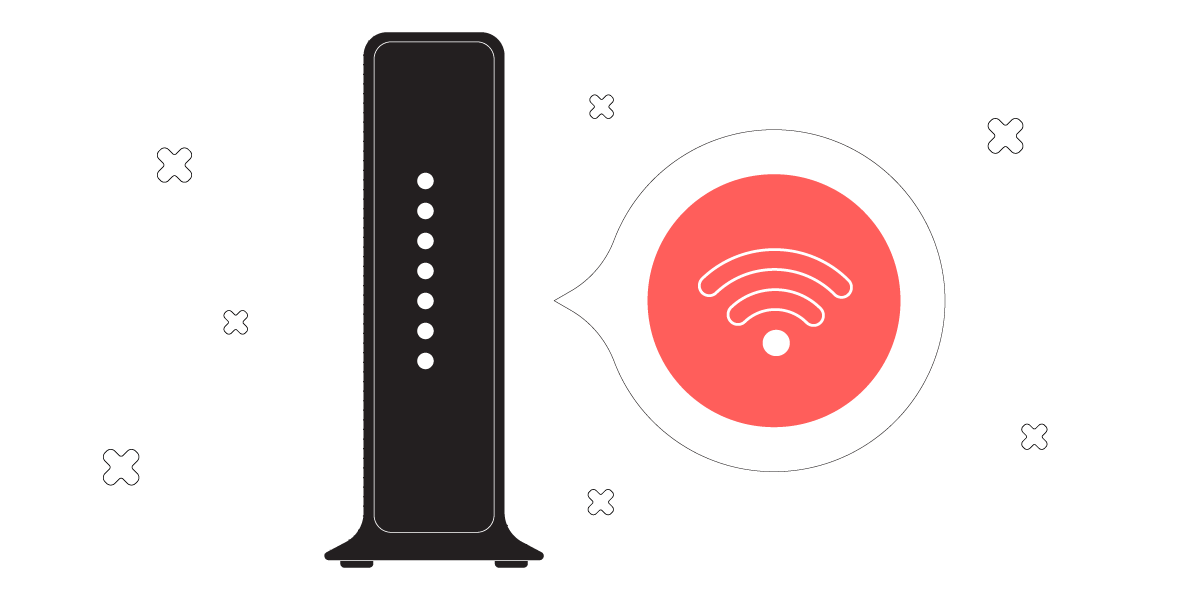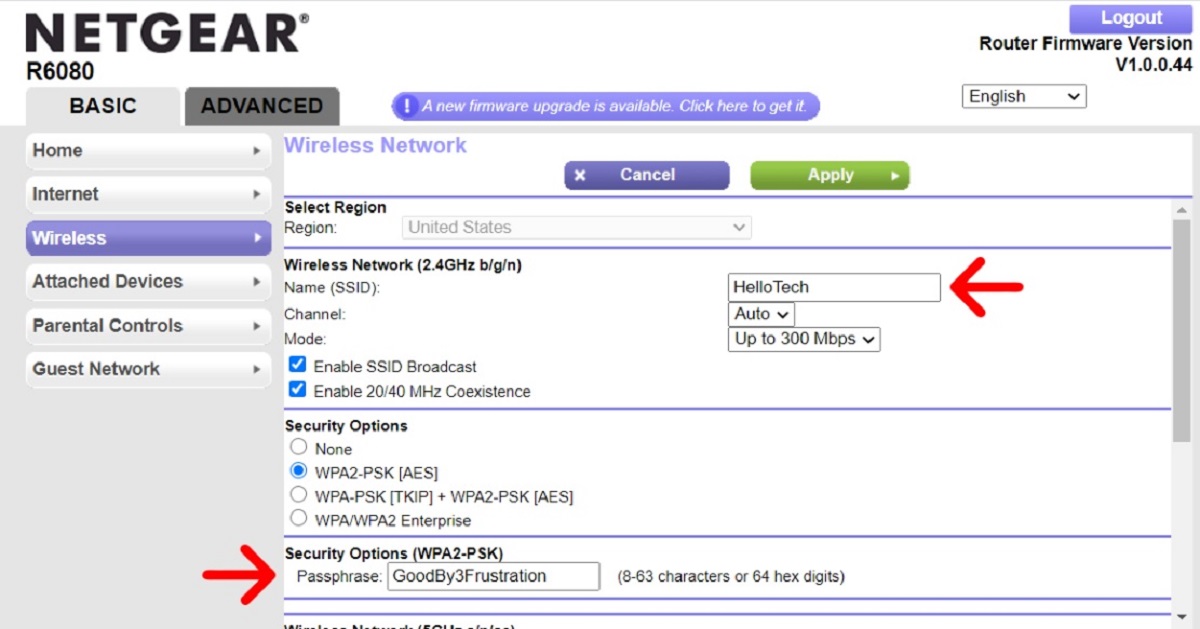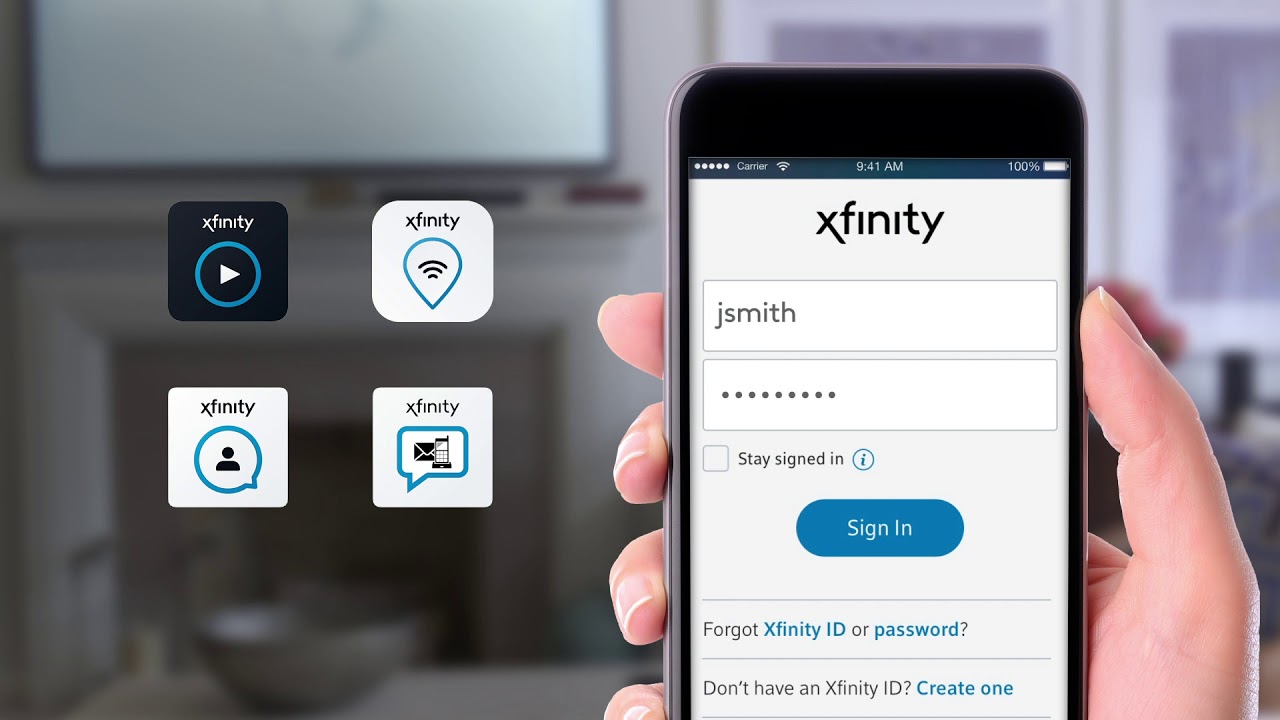Introduction
With the proliferation of Wi-Fi networks, it is common to encounter situations where you need to connect to a Wi-Fi network that requires a login page. These login pages often require you to enter a username and password, or agree to terms and conditions before gaining access to the internet.
However, sometimes these login pages do not automatically appear when you connect to a Wi-Fi network, leaving you unable to browse the web. This can be frustrating, especially when you are on the go and rely on Wi-Fi connections in public places, such as cafes, airports, or hotels.
Fortunately, there are methods to force a Wi-Fi login page to appear, allowing you to gain access to the internet and enjoy seamless connectivity. Whether you are using a Windows computer, a Mac, an Android device, or an iOS device, this article will guide you through the steps to force a Wi-Fi login page, ensuring you can get online.
In the following sections, we will explore how to force a Wi-Fi login page on different platforms, along with troubleshooting tips to overcome any potential issues along the way.
Why do you need to force a Wi-Fi login page?
There are several reasons why you may need to force a Wi-Fi login page to appear when connecting to a network:
- Access restricted networks: Some Wi-Fi networks, particularly in public places such as airports or hotels, require users to authenticate themselves before gaining access to the internet. By forcing the login page to appear, you can bypass any restrictions and enjoy uninterrupted connectivity.
- Agree to terms and conditions: Many Wi-Fi networks require users to agree to terms and conditions before granting internet access. By forcing the login page, you can ensure that you are aware of and comply with any rules or regulations set by the network provider.
- Enter credentials: Certain Wi-Fi networks may require users to enter a username and password to connect. Forcing the login page allows you to input the necessary credentials and establish a secure connection.
- Captive portals: Captive portals are a common type of Wi-Fi login page that redirects users to a web page where they can log in or provide additional information. By forcing the login page, you can successfully navigate through the captive portal and gain access to the internet.
By being able to force a Wi-Fi login page, you can overcome any barriers that prevent you from connecting to the internet and ensure that you can enjoy seamless online experiences wherever you go.
How to force a Wi-Fi login page on Windows
When connecting to a Wi-Fi network on a Windows computer, you may encounter situations where the login page does not automatically appear. To force the login page to appear on Windows, you can follow these steps:
- Open your preferred web browser.
- Try visiting a non-secure website, such as http://example.com, in the browser’s address bar.
- If the login page does not automatically appear, try clearing your browser cache and cookies.
- Restart your computer to refresh the network settings.
- If the above steps do not work, you can try accessing the router’s login page directly. To do this, you need the router’s IP address.
- Press Windows Key + R to open the Run dialog box.
- Type “cmd” and press Enter to open the Command Prompt.
- Type “ipconfig” and press Enter. Look for the entry labeled “Default Gateway” – this is the IP address of your router.
- Copy the IP address and paste it into your browser’s address bar, then press Enter.
- This should take you to the router’s login page, where you can enter any required credentials or accept terms and conditions.
By following these steps, you can force a Wi-Fi login page to appear on your Windows computer, granting you access to the internet and allowing you to browse the web seamlessly.
How to force a Wi-Fi login page on Mac
If you’re using a Mac and need to force a Wi-Fi login page to appear, you can try the following steps:
- Open your preferred web browser on your Mac.
- Attempt to visit a non-secure website, such as http://example.com, in the browser’s address bar.
- If the login page doesn’t automatically appear, try clearing your browser’s cache and cookies.
- Restart your Mac to refresh its network settings.
- If the above steps don’t work, you can try accessing the router’s login page directly. To do this, you’ll need to know the router’s IP address.
- Click on the Apple menu in the top-left corner of the screen and choose “System Preferences.”
- Click on “Network.”
- Select your Wi-Fi network from the list on the left and click on the “Advanced” button at the bottom right.
- In the “TCP/IP” tab, look for the entry labeled “Router” – this is the IP address of your router.
- Copy the IP address and paste it into your browser’s address bar, then press Enter.
- This should take you to the router’s login page, where you can enter any necessary credentials or agree to terms and conditions.
Following these steps should help you force a Wi-Fi login page on your Mac, enabling you to connect to the internet and browse seamlessly.
How to force a Wi-Fi login page on Android
Forcing a Wi-Fi login page to appear on your Android device can be done by following these steps:
- Connect to the Wi-Fi network you want to force the login page for.
- Open your preferred web browser on your Android device.
- Try visiting a non-secure website, like http://example.com, in the browser’s address bar.
- If the login page doesn’t automatically appear, try clearing your browser cache and cookies.
- Toggle Wi-Fi off and on again in your device’s settings.
- Restart your Android device to refresh its network settings.
- If the above steps don’t work, open your web browser and enter “192.168.1.1” or “192.168.0.1” in the address bar. These are common IP addresses for routers used by many network providers.
- If the previous step doesn’t work, you can try finding the IP address of your router. Go to “Settings” on your Android device, then tap on “Wi-Fi.” Long press on the connected network and select “Manage network settings.” Look for the “Gateway” or “Router” entry – this is the IP address you can enter in your browser’s address bar.
- Once you’ve accessed the router’s login page, you may need to enter login credentials or agree to terms and conditions.
By following these steps, you can force a Wi-Fi login page to appear on your Android device, granting you access to the internet and allowing you to browse without any limitations.
How to force a Wi-Fi login page on iOS
If you’re using an iOS device and need to force a Wi-Fi login page to appear, you can try the following steps:
- Connect to the Wi-Fi network you want to force the login page for on your iOS device.
- Open your preferred web browser on your iOS device.
- Attempt to visit a non-secure website, such as http://example.com, in the browser’s address bar.
- If the login page doesn’t automatically appear, try clearing your browser’s cache and cookies.
- Toggle Wi-Fi off and on again in your device’s settings.
- Restart your iOS device to refresh its network settings.
- If the above steps don’t work, you can try accessing the router’s login page directly by finding the router’s IP address.
- Go to “Settings” on your iOS device and tap on “Wi-Fi.”
- Tap on the (i) icon next to the Wi-Fi network you’re connected to.
- Look for the “Router” entry – this is the IP address of your router.
- Copy the IP address and paste it into your browser’s address bar, then press Enter.
- On the router’s login page, you might need to enter login credentials or agree to terms and conditions.
By following these steps, you can force a Wi-Fi login page to appear on your iOS device, allowing you to connect to the internet and browse without any interruptions.
Troubleshooting tips when forcing a Wi-Fi login page
While forcing a Wi-Fi login page can often resolve connectivity issues, there may be instances where you encounter difficulties. Here are some troubleshooting tips to help you overcome common problems:
- Clear browser cache and cookies: Sometimes, stored data in your browser can prevent the login page from appearing. Clearing your browser’s cache and cookies can help resolve this issue.
- Restart your device: Restarting your device can refresh its network settings and resolve any temporary glitches that may be preventing the login page from appearing.
- Toggle Wi-Fi off and on: Turning off Wi-Fi and then turning it back on can force your device to establish a new connection, potentially prompting the login page to appear.
- Attempt to visit a non-secure website: Trying to access a non-secure website, such as http://example.com, can trigger the login page to pop up. If it doesn’t appear, it may indicate a deeper issue.
- Verify the correct router IP address: Double-check that you are entering the correct IP address of the router when attempting to access its login page directly. Mistyping the IP address can lead to connection issues.
- Update firmware or software: Outdated router firmware or device software can cause connectivity problems. Check for any available updates and install them to ensure optimal performance.
- Check for Wi-Fi network issues: If the login page still doesn’t appear, there may be issues with the Wi-Fi network itself. Try connecting to a different network to determine if the problem lies with the specific network you are attempting to access.
- Contact network administrator or ISP: If all else fails, reaching out to the network administrator or your internet service provider (ISP) can help identify and resolve any issues preventing the login page from appearing.
By following these troubleshooting tips, you can overcome common obstacles and successfully force a Wi-Fi login page to appear, ensuring uninterrupted access to the internet.
Conclusion
Forcing a Wi-Fi login page to appear can be a useful skill when you encounter networks that require authentication or agreement to terms and conditions. Regardless of whether you’re using a Windows computer, a Mac, an Android device, or an iOS device, the steps provided in this article offer guidance on how to force a Wi-Fi login page.
Remember, by following the appropriate steps for your device, such as visiting a non-secure website or directly accessing the router’s login page, you can prompt the login page to appear and gain access to the internet.
If you encounter any difficulties in forcing the login page, try troubleshooting techniques like clearing your browser cache and cookies, restarting your device, or verifying the correct router IP address. If the issue persists, consider reaching out to the network administrator or your internet service provider for further assistance.
By mastering the process of forcing a Wi-Fi login page, you can ensure seamless connectivity in various environments and enjoy uninterrupted access to the internet.







